
When is a Bond film not a Bond film? When it's 1989's License to Kill.
What must this film have felt like in 1989, when the franchise was less than a decade removed from James Bond dressed as a clown and a decade removed from the character travelling into space? Despite the presence of suspiciously alluring women, an antagonist who's too loquacious for his own good, Q (Desmond Llewelyn) and his nifty gadgets, an explosive finale, and the presence of a director with four prior Bond films to his credit, License to Kill owes more to the action and revenge films of the 1980s than the franchise to which it belongs and was the first to take advantage of the new PG-13 rating. The Cold War was over, so gone were larger-than-life villains seeking world destruction or domination. Instead, the film's pulls are money, drugs, and vengeance.
As directed by John Glen, License to Kill opens with a typical action set piece. Bond (Timothy Dalton) and CIA agent Felix Leiter (David Hedison) are waylaid on their way to attend Felix's wedding. Drug lord Franz Sanchez (Robert Davi), who Felix has been tracking, has come out of hiding, and it's their one chance to capture him. With the assistance of a coast guard helicopter, they manage to hook Sanchez's plane and pull it out of the air, all in time for Bond and Leiter to parachute down to the waiting wedding party, which I can't but assume influenced Christopher Nolan's opening of The Dark Knight Rises.
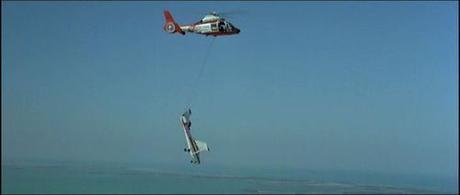
Unfortunately, Sanchez manages to bribe a DEA agent to assist him in escaping custody, where he and his henchman, Dario (a babyfaced Benicio del Toro) ambush Felix and his new bride, Della (Priscilla Barnes). Bond returns to Felix's home to find Della murdered and Felix the victim of a great white shark, alive but missing a leg.
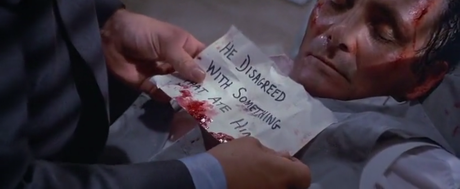
When MI6 refuses to sanction Bond's vengeance quest, he goes rogue, determined to avenge his friend's maiming and Della's murder by any means necessary.
So, I'd be lying if I didn't come out and admit this to be one of my favorite Bond films and cite Dalton as one of my favorite actors to don the tux and drink a shaken martini.
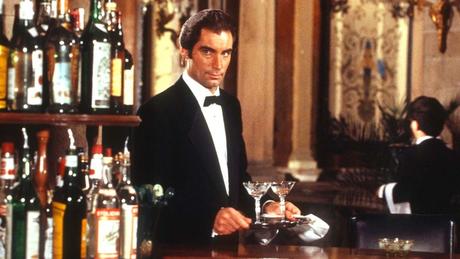
Both Dalton and the film push against the Bond template, a trait that always endears a film to me. As a result, I'd like to get the discussion of its flaws out of the way before I dive into everything I think works.
The film takes a while to build up its momentum. The wedding scene doesn't rival The Deer Hunter 's for length, but it feels like it could. David Hedison, the only actor to play Leiter more than once before Craig's Bond tenure, isn't an amazing actor. He and Dalton lack the necessary chemistry to sell their long-time friendship, meaning the vengeance quest lacks more punch than it should. Della also seems just a bit too affectionate with James Bond for a woman who just married his best friend. Had she survived, it's not difficult to picture an awkward attempt to wrangle a threesome between them somewhere down the line.
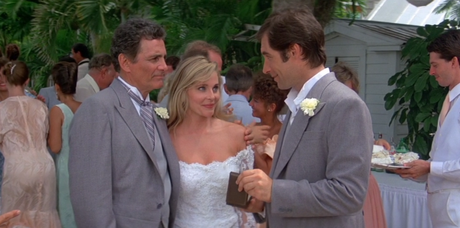
However, once MI6 revokes Bond's license to kill, he jumps off of a terrace and into a darker, much better film, despite the appearance of Wayne Newton and some unnecessary ninjas.
Part of what makes License to Kill such an interesting and atypical Bond film is the way through which Bond manipulates events. Traditionally, Bond functions as a reactive character, having to feel his way through complications that spring up in his path. Freed from government ties, Bond heads to Isthmus (a fictional version of Panama), where Sanchez resides, putting his plan for revenge into full effect. His actions are completely proactive, positioning Sanchez against those in his inner circle, guiding him to murder those Bond has framed for disloyalty, including a particularly gruesome death via decompression chamber.
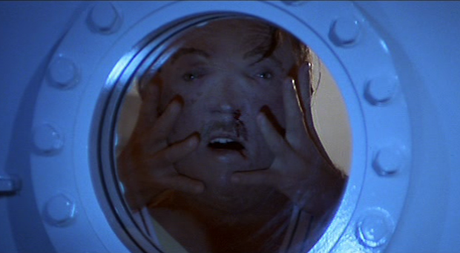
It goes against the Bond template in a way that the franchise hadn't allowed prior.
Much of the film works because of Dalton's take on the character. Daniel Craig receives a lot of praise, and deservedly so, for his tense, emotionally raw take on Bond. However, Dalton exists as a kind of Craig prototype, playing Bond as a ruthless, driven, emotionally broken man.
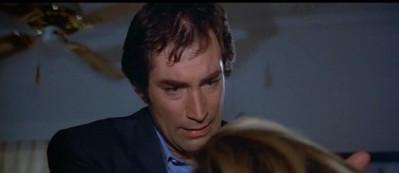
After Moore's flippant, perpetually unruffled portrayal, Dalton's preference to play him as constantly on edge feels revelatory. He's Bond by way of Death Wish, using grief and a sense of honor-bound obligation as an excuse to take on an individual that an inept justice system cannot punish, a rawer take on the character than had ever be presented.
He wears his anger and grief on his sleeve, and Dalton plays Bond as a tightly coiled wire of barely repressed rage, unable to see anything except his vengeance quest.
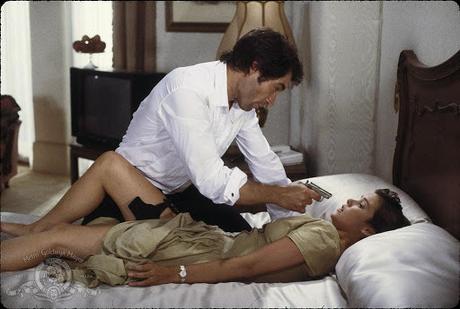
The film doesn't go out its way to make Bond sympathetic, but Dalton's tendency to keep Bond's humanity front and center means we're more sympathetic towards him than we probably should be. His portrayal feels so different from the Bonds that preceded it that it's difficult not be sucked in. Dalton puts us on our heels by not playing Bond as cool and detached. His quest for retribution carries a high body count, including several Hong Kong narcotics agents, and the movie allows for the idea that Bond's need for retribution may not justify all the slaughter.
However, this is a Bond guided solely by emotions, and it's easy to pity an individual consumed by grief. Once he's gotten his revenge, he manages to appear both satisfied and slightly at a loss, as though he doesn't know what to do now that everything's done. He also ends the film far bloodier and beaten down than the character had ever been allowed to appear prior to this, letting the cost of all the carnage wear on the character in a way that feels more visceral.
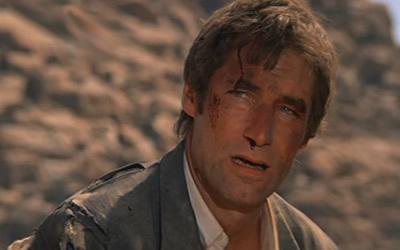
License to Kill drives home the idea that comes with all revengers' tragedies. In his thirst for vengeance, Bond becomes as ruthless and bloodthirsty as those he pursues. Ironically, Sanchez's defining trait is a sense of honor and loyalty, carrying out revenge against those he perceives as disloyal, just as Bond is driven by a sense of loyalty to his mutilated friend. Both Bond and Sanchez feed an enemy to a shark. Bond impales an adversary with a harpoon, while Sanchez impales a member of his crew with a fork lift. The film goes into overdrive creating resemblances between the two. The parallels between protagonist and antagonist are sometimes present in other Bond films, especially in the films that proceed this one, but they'd rarely made as clear as they are here.
That sense of equivalency works because Robert Davi manages to convey both the character's high regard for loyalty and his inherent brutal awfulness. Whether it's ordering the removal of an individual's heart or whipping Lupe for disloyalty, Davi commits to the role. He's as cold-blooded a reptile as the iguana he keeps for a pet.
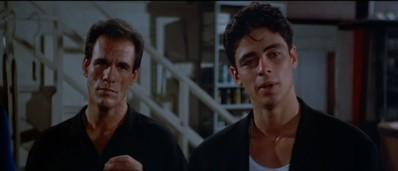
He's disinterested in world domination, instead only wanting to make millions in a drug scheme, but still his small-stakes terribleness still manage to make him worthy of the fiery ending Bond lays out for him. His demise remains of my favorite Bond villain dispatchings, because of the emotional stakes behind it. Bond using the lighter Felix and Della gift him is a particularly nice touch.
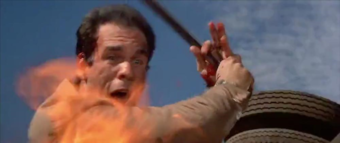
License to Kill also features one of the franchise's most progressive Bond girls in Pam Bouvier (Carey Lowell), who chides Bond for having a gun smaller than she does and seems just as interested in seducing him as Bond is in seducing her.
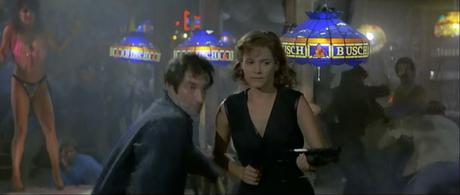
She's a wonderfully assertive, feminine presence in a film so completely about machismo. Take the moment after they arrive in Isthmus, when Bond introduces her as his secretary. "Why can't you be my secretary?" she demands. Bond laughs, saying, "It's south of the border. It's a man's world." It's a clever deflection, allowing for one of the franchise's most assertive female characters while not robbing Bond of his inherent dominance.
Traditionally, if the film has a second Bond girl, she exists as a villainous femme fatale. Instead, this film gives us Sanchez's victimized girlfriend, Lupe Lamora (Talisa Soto).
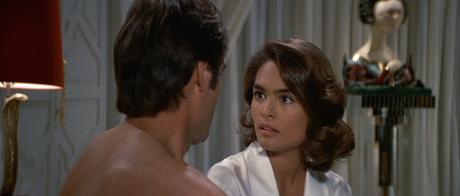
Alas, she's not as interesting as Bouvier, existing solely to look at Sanchez with disgust and coo her adoration for Bond, but she's still more than simple set dressing. License to Kill is one of the few Bond films to feature a conversation between the two woman in James Bond's life. Granted it's a conversation about Bond, so it doesn't quite pass the Bechdel test, but it's rare for a Bond film - particularly one in the pre-Brosnan/Craig era - to meet even 2/3 of its criteria.
License to Kill was a hit upon its release, but it underperformed in comparison to prior franchise efforts. There was a feeling the film had gone too dark, with Dalton's take on the character lacking any sense of fun. Even the quips are minimal. However, as the franchise's character emphasis and fundamental grimness has increased, the film has become more warmly regarded. GoldenEye brings back the franchise's polish and spectacle, while still trying to unpack Bond's complicated psyche, and License to Kill can't help but feel grungy by comparison.
The film ended up being Dalton's swan song, and it's a shame he wasn't allowed a longer run. He possesses a steely grit that tempers his suaveness. He doesn't shy from the character's fundamentally damaged nature, and it would have been interesting to see how he developed the role. Perhaps the film was just ahead of the curve, as it now feels like a model for the type of Bond film Craig would perfect with Casino Royale and Skyfall. It's not a perfect movie, and it's easy to understand why Bond purists would be a bit sniffy about its merits, but it's a frequently exciting, shockingly violent, and more emotionally complicated Bond film than nearly any that had come before it.

